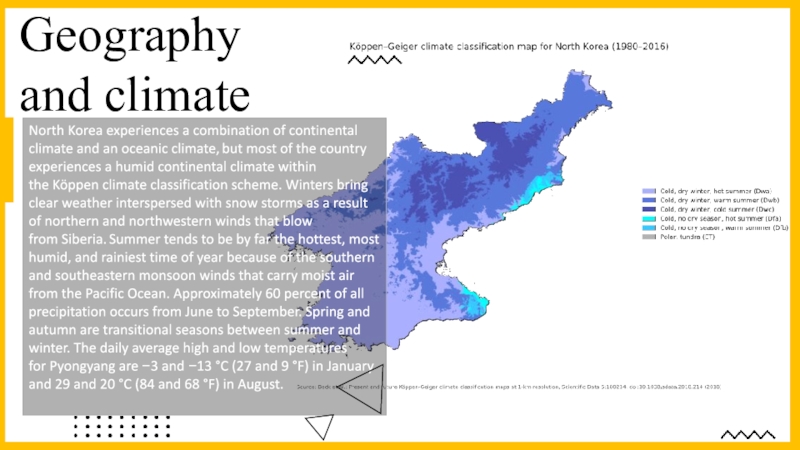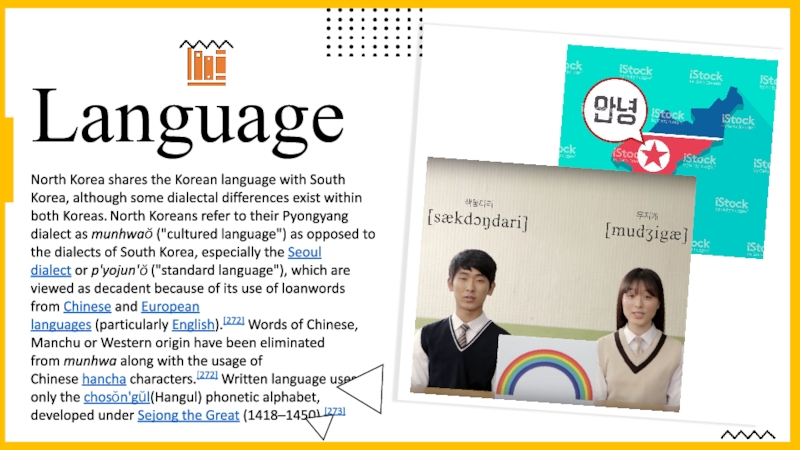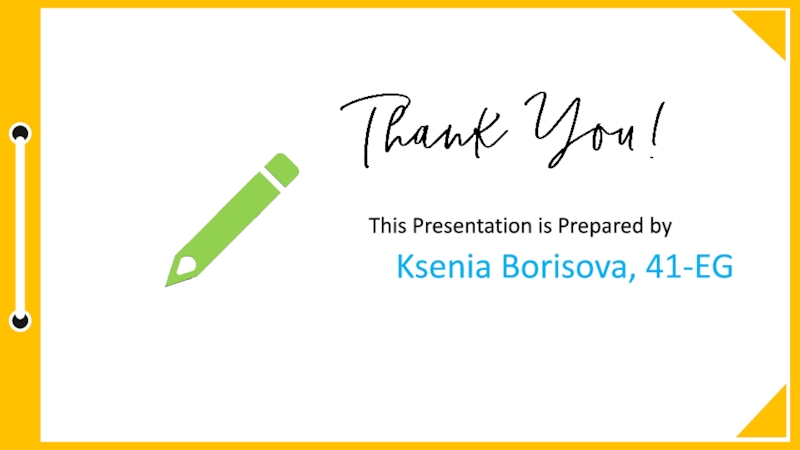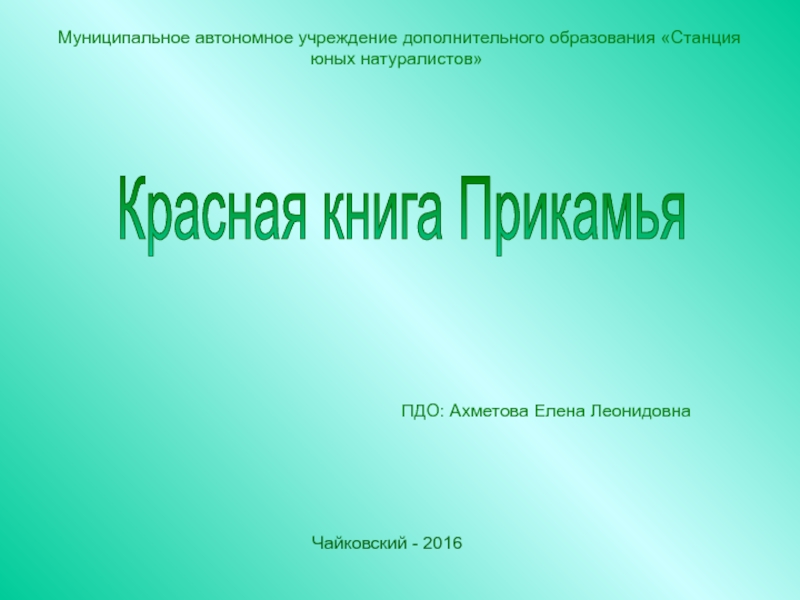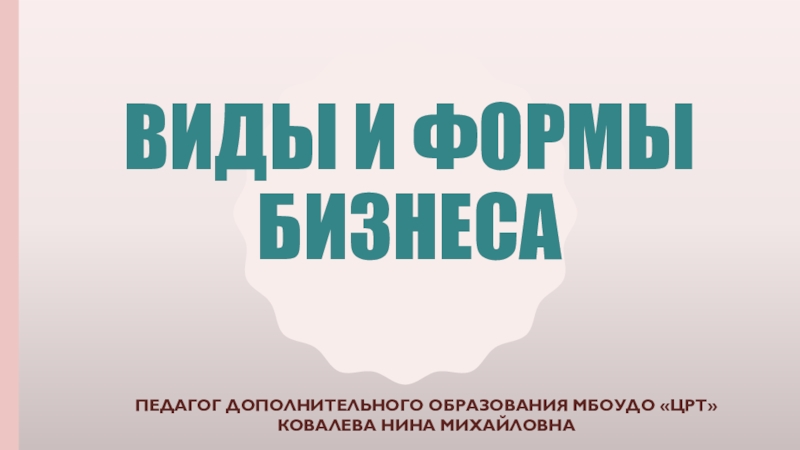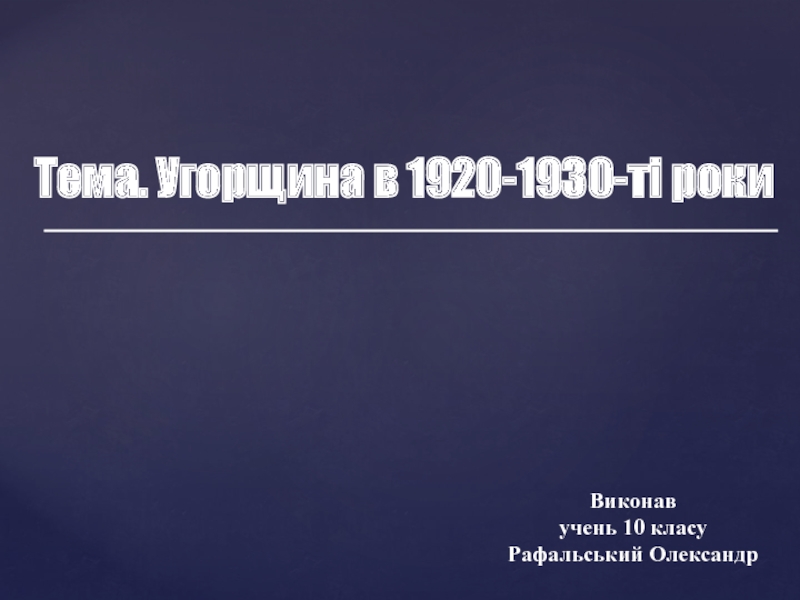Разделы презентаций
- Разное
- Английский язык
- Астрономия
- Алгебра
- Биология
- География
- Геометрия
- Детские презентации
- Информатика
- История
- Литература
- Математика
- Медицина
- Менеджмент
- Музыка
- МХК
- Немецкий язык
- ОБЖ
- Обществознание
- Окружающий мир
- Педагогика
- Русский язык
- Технология
- Физика
- Философия
- Химия
- Шаблоны, картинки для презентаций
- Экология
- Экономика
- Юриспруденция
North Korea
Содержание
- 1. North Korea
- 2. North Korea, officially the Democratic People's Republic of
- 3. North Korea occupies the northern portion of
- 4. Early European visitors to Korea remarked that
- 5. Слайд 5
- 6. North Korea experiences a combination of continental climate and
- 7. Officially, North Korea is an atheist state. There
- 8. North Korean ChurchesChangchung CathedralChurch of the Life-Giving Trinity in PyongyangBongsu Church
- 9. North Korea shares the Korean language with South Korea,
- 10. Difference in South and North Korean dialects
- 11. Government policies towards film are no different than those
- 12. North Korean media are under some of
- 13. There are three state-owned TV stations. Two
- 14. Слайд 14
- 15. This Presentation is Prepared byKsenia Borisova, 41-EG
- 16. Скачать презентанцию
Слайды и текст этой презентации
Слайд 3North Korea occupies the northern portion of the Korean Peninsula, lying
between latitudes 37° and 43°N, and longitudes 124° and 131°E. It covers an area of 120,540
square kilometers (46,541 sq mi). North Korea is bordered by China and by Russia along the Amnok and Tumen rivers and borders South Korea along the Korean Demilitarized Zone. To its west are the Yellow Sea and Korea Bay, and to its east lies Japan across the Sea of Japan (East Sea of Korea).Geography
and climate
Слайд 4Early European visitors to Korea remarked that the country resembled
"a sea in a heavy gale" because of the many
successive mountain ranges that crisscross the peninsula. Some 80 percent of North Korea is composed of mountains and uplands, separated by deep and narrow valleys. All of the Korean Peninsula's mountains with elevations of 2,000 meters (6,600 ft) or more are located in North Korea. The highest point in North Korea is Paektu Mountain, a volcanic mountain with an elevation of 2,744 meters (9,003 ft) above sea level. Considered a sacred place by North Koreans, Mount Paektu holds significance in Korean culture and has been incorporated in the elaborate folklore and cult personality around the Kim dynasty. For example, the song, "WeGeography and climate
Will Go To Mount Paektu" sings in praise of Kim Jong-un and describes a symbolic trek to the mountain. Other prominent ranges are the Hamgyong Range in the extreme northeast and the Rangrim Mountains, which are located in the north-central part of North Korea. Mount Kumgang in the Taebaek Range, which extends into South Korea, is famous for its scenic beauty
The coastal plains are wide in the west and discontinuous in the east. A great majority of the population lives in the plains and lowlands. According to a United Nations Environmental Programme report in 2003, forest covers over 70 percent of the country, mostly on steep slopes. The longest river is the Amnok (Yalu) River which flows for 790 kilometers (491 mi).
Слайд 6North Korea experiences a combination of continental climate and an oceanic climate, but
most of the country experiences a humid continental climate within the Köppen climate
classification scheme. Winters bring clear weather interspersed with snow storms as a result of northern and northwestern winds that blow from Siberia. Summer tends to be by far the hottest, most humid, and rainiest time of year because of the southern and southeastern monsoon winds that carry moist air from the Pacific Ocean. Approximately 60 percent of all precipitation occurs from June to September. Spring and autumn are transitional seasons between summer and winter. The daily average high and low temperatures for Pyongyang are −3 and −13 °C (27 and 9 °F) in January and 29 and 20 °C (84 and 68 °F) in August.Geography
and climate
Слайд 7Officially, North Korea is an atheist state. There are no known
official statistics of religions in North Korea. According to Religious
Intelligence, 64.3% of the population are irreligious, 16% practice Korean shamanism, 13.5% practice Chondoism, 4.5% are Buddhist, and 1.7% are Christian. Freedom of religion and the right to religious ceremonies are constitutionally guaranteed, but religions are restricted by the government. Amnesty International has expressed concerns about religious persecution in North Korea.The influence of Buddhism and Confucianism still has an effect on cultural life. Chondoism ("Heavenly Way") is an indigenous syncretic belief combining elements of Korean shamanism, Buddhism, Taoism and Catholicism that is officially represented by the WPK-controlled Chondoist Chongu Party.
The Open Doors mission, a Protestant-group based in the United States and founded during the Cold War-era, claims the most severe persecution of Christians in the world occurs in North Korea. Four state-sanctioned churches exist, but critics claim these are showcases for foreigners.
Religion
Слайд 8North Korean Churches
Changchung Cathedral
Church of the Life-Giving Trinity in Pyongyang
Bongsu
Church
Слайд 9North Korea shares the Korean language with South Korea, although some dialectal differences exist
within both Koreas. North Koreans refer to their Pyongyang dialect as munhwaŏ ("cultured language")
as opposed to the dialects of South Korea, especially the Seoul dialect or p'yojun'ŏ ("standard language"), which are viewed as decadent because of its use of loanwords from Chinese and European languages (particularly English).[272] Words of Chinese, Manchu or Western origin have been eliminated from munhwa along with the usage of Chinese hancha characters.[272] Written language uses only the chosŏn'gŭl(Hangul) phonetic alphabet, developed under Sejong the Great (1418–1450).[273]
Language
Слайд 11Government policies towards film are no different than those applied to other
arts—motion pictures serve to fulfill the targets of "social education".
Some of the most influential films are based on historic events (An Jung-geun shoots Itō Hirobumi) or folk tales (Hong Gildong). Most movies have predictable propaganda story lines which make cinema an unpopular entertainment; viewers only see films that feature their favorite actors. Western productions are only available at private showings to high-ranking Party members, although the 1997 film Titanic is frequently shown to university students as an example of Western culture. Access to foreign media products is available through smuggled DVDs and television or radio broadcasts in border areas. Western films like The Interview, Titanic, and Charlie's Angels are just a few films that have been smuggled across the borders of North Korea, allowing for access to the North Korean citizens.Media
Слайд 12North Korean media are under some of the strictest government
control in the world. The censorship in North Korea encompasses all the
information produced by the media. Monitored heavily by government officials, the media is strictly used to reinforce ideals approved by the government. There is no freedom of press in North Korea as all the media is controlled and filtered through governmental censors. Freedom of the press in 2017 was 180th out of 180 countries in Reporters Without Borders' annual Press Freedom Index. According to Freedom House, all media outlets serve as government mouthpieces, all journalists are Party members and listening to foreign broadcasts carries the threat of a death penalty. The main news provider is the Korean Central News Agency. All 12 major newspapers and 20 periodicals, including Rodong Sinmun, are published in the capital.Media
Слайд 13There are three state-owned TV stations. Two of them broadcast
only on weekends and the Korean Central Television is on air every
day in the evenings. Uriminzokkiri and its associated YouTube and Twitter accounts distribute imagery, news and video issued by government media. The Associated Press opened the first Western all-format, full-time bureau in Pyongyang in 2012.Media coverage of North Korea has often been inadequate as a result of the country's isolation. Stories like Kim Jong-un undergoing surgery to look like his grandfather, executing his ex-girlfriend or feeding his uncle to a pack of hungry dogs have been circulated by foreign media as truth despite the lack of a credible source. Many of the claims originate from the South Korean right-wing newspaper The Chosun Ilbo. Max Fisher of The Washington Post has written that "almost any story [on North Korea] is treated as broadly credible, no matter how outlandish or thinly sourced". Occasional deliberate disinformation on the part of North Korean establishments further complicates the issue.
Media
https://www.pexels.com/@mikebirdy





